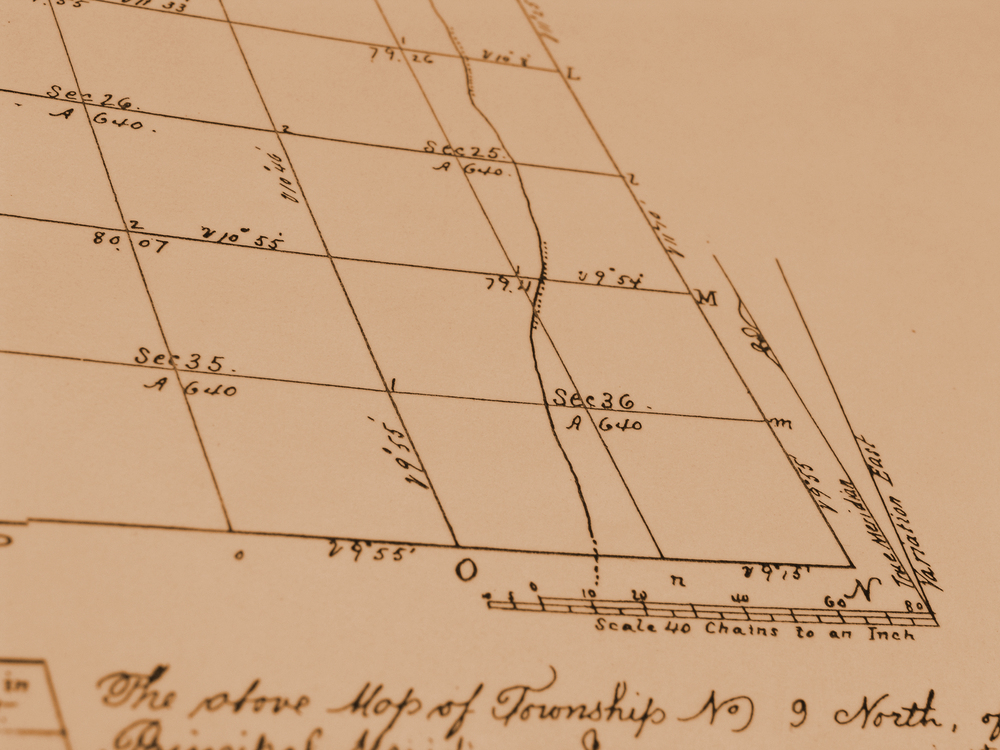
The concept of land ownership has been developing since the dawn of civilization. To better understand the idea of owning land, we have to look at how it has changed and developed throughout history.
The Roots of Ownership
Ownership for tribal peoples was more about the right to use the land as required and to exclude other people from those rights. If the use of the land ceased, so too did any sense of ownership. The land was therefore never bought or sold, nor was it inherited. Instead, the people of the tribe had rights that they shared from generation to generation. The connection was of a more sacred nature as opposed to a sense of ownership. Resources were used only as needed and never abused.
Farming
For early agricultural societies, land provided a more permanent settlement. They shared an intimate knowledge of how to work the land for food, which meant these societies had a more lasting investment in the areas they lived in.
The communities still shared a spiritual connection to the land, which was communally held under the leadership of a village council. This was common in many peasant communities globally.
Ruling Power
The development of ownership fell in with the ruling elite who held power and wealth. Land became more about conquering, holding, and extracting, which enhanced the human versus human struggle for power. This helped to shape the idea of ownership.
At this time, land became a commodity as opposed to something sacred to be cherished and respected. This created an ever-changing line of boundaries for growing powerful empires.
Private Land Ownership
As the idea of nobility developed, and the power of the sovereign grew, so too did the importance of politics. The power of ownership was guarded as the elite demanded more recognition of their rights to land.
At this time, private ownership also developed in less centralized societies. There were also rare democracies and republics developing during this period. This allowed landowners to reign over their own land, instead of depending on village cohesiveness.
Private vs. State Ownership
The early days of Greece and Rome held strong debates based on community common land, state or sovereign land, and private land. This great debate continued with some believing community common land was the ideal.
Feudal Europe was based on sovereign ownership in which a rich landowner provided homes for the poor in exchange for them working the land. The ensuing rise of commerce and industrialism moved towards private ownership interests such as that seen in America. The perceived unfair society that ensued saw some societies turning back to the community common land in the form of communism.
Ownership Today
Our legal system has an understanding that “owning” land provides rights as opposed to outright ownership. These rights include the right to exclude others from using the land and allows you to sell, give, or bequeath the land as you see fit. You can also choose to lease or rent it as well as develop it in accordance with state laws.
These rights are only in place as long as the responsibilities to the land and state are upheld, such as paying taxes, following building codes, and so on.
The Future
This system is limited by the integrity of the people involved but still provides a basis to build a more humane idea of ownership. This will allow us to find a more sustainable culture in the future based on more respectful use of the earth and its resources.
The laws and procedures regarding how real estate is transferred from one party to the other vary by state. To have a clear understanding of procedures in your state, purchase the Ultimate Real Estate Transaction Compliance Manual from System 2 Thinking. Buy a copy.
About System 2 Thinking
System 2 Thinking is trusted by real estate service providers, tech startups, and Fortune 1000 companies to consistently deliver transformational outcomes in competitive environments.
We drive innovation and fuel business acceleration with compliance consulting, licensing, innovation strategies, technology rollouts, and process optimization.
Visit our homepage to learn more.